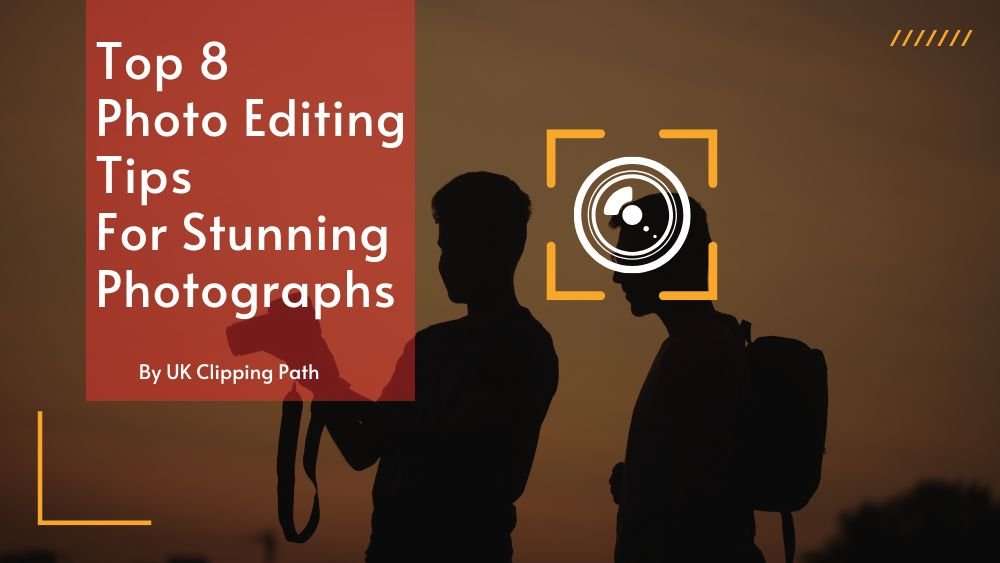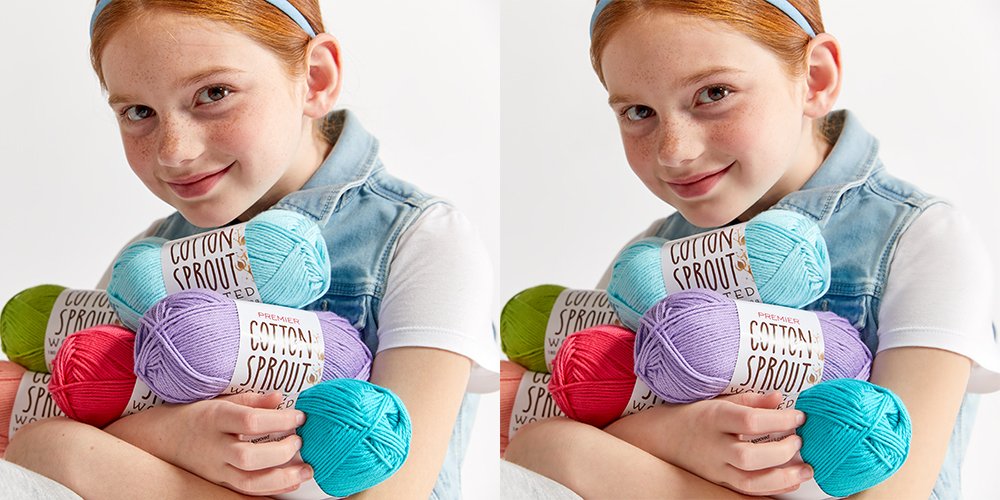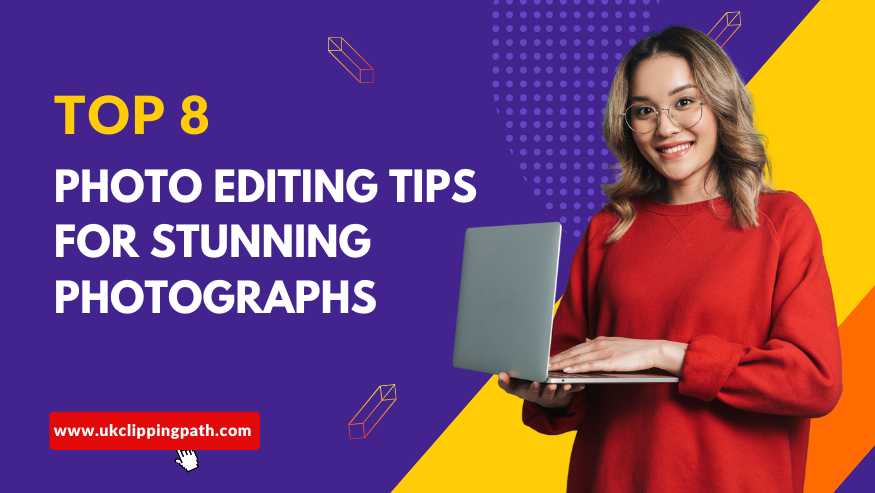Top 8 photo editing tips for stunning photographs will help you transform your images into visually captivating masterpieces. If anything, snapping awesome pictures is the starting line in a world that values images more than words today. Editing images can be a vital part of making your photos truly stand out. Photo editing is reshaping the way photographs are being presented in today’s digitally advanced era, and whether you’re a rookie or professional photographer numerous photo editing techniques could help prove your ordinary pictures into something extraordinary. To make sure this does not happen with you we have gathered 8 best photo editing tips that will help grow in a direction to create photos which are pleasant on the eyes and attract attention.

- Good Photos
Before I go any further with editing, make sure you have high-quality photos. Then you give more latitude in the develop. Process because of a sharp well-exposed image. Either way, a photo of you that is blurry or too dark will never make the cut in terms to professionalism. Therefore, take the time to get the perfect shot in-camera for highest quality results later.
- Light and Shadow, Exposure”: Basics
The light is the most important thing in photography. For editing, concentrate on are adjusting the exposure and highlights in addition to shadows for getting a balance image. Correct underexposed (dark) or over exposed (brighter) with the exposure tool Be careful not to go overboard; a less is more approach often looks better.
- Cropping with the Rule of Thirds
Just [cropping](https://www.photopea.com/learn/manipulation/crop) itself is a simple but effective way of combining the elements. Our photography mostly focusses to the very basic concept — The rule of thirds which divides your image in nine parts with two vertical and horizontal line. Line up your subject on these lines or at the intersections to turn otherwise boring photographs into more visually appealing shots. When you crop your photo’s, most editing software has a grid tool to help you apply this rule as best as possible.
- Edit > Adjustments > Hue/Saturation, Image menu>Edit>Adjustment>Hue/Saturation:
- Select the layer you want to adjust
- Go to Image > Adjustments > Hue/Saturation
- Use the sliders to adjust the hue, saturation, and lightness
- Select OK
With the help from saturation and vibrance to set your color levels on popping. Saturation affects all colors, whereas vibrance will adjust saturation only on the muted end of the scale. But beware — over saturated photos can appear unnatural. The intention is to subtly improve colors for a slightly more vibrant (but still realistic) end result.
- Creating and Sharpening Your Images for More Clarity
No one likes a blurry photo. Make it look a little sharper by adjusting the fine details in your image using this sharpen tool. Just be careful not to go too over-sharpened, as this can lead into noise and a less soft look. Do small things to clarify without the expense of meaning.
- Fix Up Skin Tones and Blemishes
When it comes to editing of portraits, skin tones are almost that important and crucial as the portrait itself. Retouch skin using the healing brush or clone tool the trick is to even out the appearance of skin while making it still look like…skin. If you edit too heavily, subjects can start to look plastic or cartoonish so try for a polished but textured outcome.
- Filters and Presets for Uniform deeming
Use Filters and Presets to Speed up your workflow Lightroom, Photoshop (or any other editing tool really) provide all kinds of presets and filters that will lift your flat image to the right mood immediately. M) Select a filter that matches the look you want to achieve, but don’t make every photo in your series riddled with filters. That is why a specific approach most of the times has better and definite results.
- Save in the Right Format
After your image is retouched, save it in the right format. The average web format for photographs is, of course JPEG, as it compresses files while not taking too much quality. Save them as TIFF or PNG for high-res print-quality images that maintain the tiny bits and pieces in your art!

Final Thoughts
Photography mastery is a combination of skills, artistic vision and thoroughness. We have rounded up the top 8 photo editing tips that will help you perfect your images to be a step above in an already dense visual world. After all, subtlety is arguably the secret of good editing — improve but never overshadow.
The photographic editing experts for professional background removal and retouching services at UK Clipping Path make amazing output easier than think. Contact us now if you want to improve your photographic skills.




